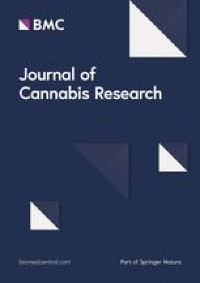In 2001, the Marijuana for Medical Purposes Regulations (MMPR) was introduced in Canada, allowing individuals to access cannabis for medical purposes. Since then, the regulations have evolved, and the Access to Cannabis for Medical Purposes Regulations (ACMPR) came into effect to ensure legal access to cannabis for patients. However, with the legalization of recreational cannabis in 2018, the need for a distinct medical stream is being questioned. This article explores why a separate medical stream is necessary to support patients using cannabis for medical purposes.
What are the pros and cons of the current medical system?
The current medical access program for cannabis has its strengths and limitations. Advantages include reducing harm from criminalization, regulating product distribution, and generating government revenue. However, one of the main limitations is that the Cannabis Act does not require healthcare provider support for medical cannabis patients. Patients need guidance and information from well-trained healthcare providers, and healthcare providers require ongoing support and education in cannabis. Existing resources are insufficient and need improvement.
Medical involvement has led to the discovery of new therapeutic applications for cannabinoids, such as chronic pain management and palliative care. Cannabinoids have also shown potential as an adjunct therapy and have been linked to a reduction in opioid use. However, there are still limitations in terms of the effectiveness of medical cannabis, and more research is needed to draw definitive conclusions.
The current system also faces issues of access and equity. Retail approaches vary across provinces, leading to regional disparities. There are also barriers to authorizing medical cannabis for pediatric populations, and regulatory variations contribute to uncertainty among healthcare providers. Additionally, there are limitations with the medical document and dosing instructions, which need to be revised for better accuracy and flexibility. Financial considerations include the lack of insurance coverage and the additional tax burden on patients.
Is a distinct medical access program necessary to provide individuals with reasonable access to cannabis for medical purposes?
Yes, a distinct medical stream is necessary to ensure reasonable access to cannabis for medical purposes. The goals and needs of medical and nonmedical cannabis are different, and a separate stream is required. The reasons for maintaining a separate stream are outlined in Table 1.


